Hey Kids!
This weeks post is a two-for-one value: a mash-up of two ongoing Biennial Project features - All-Things-Whitney and Fan-of the Month.
First off, we would like to introduce you to our friend, collaborator, webmaster, and spectacular photographer Paul Weiner.
Paul performs a fantastic service for both us and our many readers - he writes the software for our award-winning web site and blog!
He is also an amazing photographer who specializes in shooting portraits of artists in their studios -using only a small flashlight to “paint the picture” in a totally dark room. He shoots on film and does no digital manipulation of the images.
Since he is constantly working with artists and observing their processes in detail for his portraits, we thought our readers would enjoy reading his take on the 2012 Whitney Biennial.
BYW, The Whitney Biennial closes this weekend - so get down there to see it now and tell them your friends at The Biennial Project sent you - they'll like that!
Paul’s artwork:
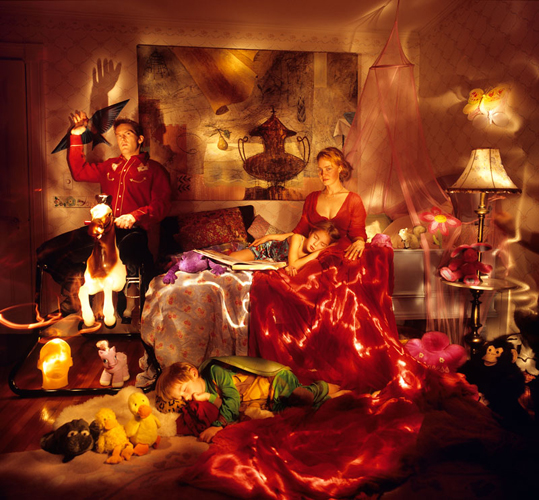 "Night Vision" by Paul Weiner
"Night Vision" by Paul Weiner
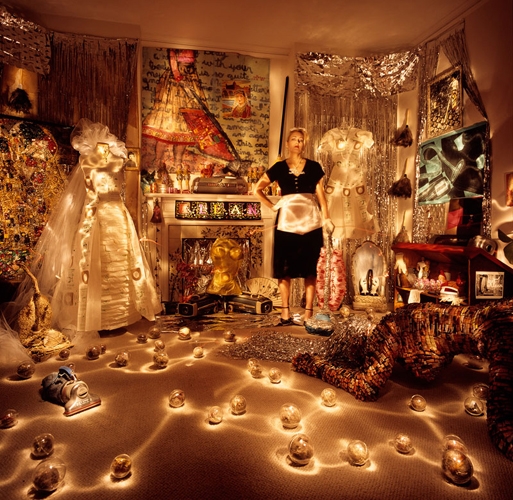 "Klean" by Paul Weiner
"Klean" by Paul Weiner
Impressions of the 2012 Whitney Biennial Last weekend I visited the 2012 Whitney Biennial to enjoy the latest in contemporary American art. At the request of my friends at The Biennial Project, I’m sharing my impressions. The museum was closing in a few hours so I decided to concentrate on viewing the non-video art.
 "Run, Mary, Run" by Rashida Bumbray
"Run, Mary, Run" by Rashida Bumbray
The first gallery I saw had an assortment of tightly packed metal frames and wood building materials. Perhaps some construction work was taking place? I would investigate later since I wanted to see “Run, Mary, Run” by the Dance Diaspora Collective. This high-energy, gospel, dance performance was inspirational and it was hard to leave, but I needed to see other parts of the biennial before the Whitney closed. I was thinking that if the artwork were even half as good as the performance, this would be an exciting exhibition.
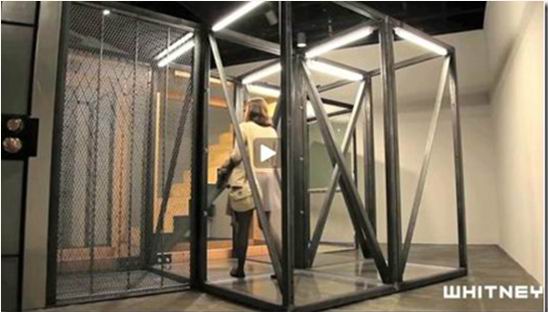 Oscar Tuazon
Oscar Tuazon
The first exhibition room had messy liquids scattered on a plastic sheet across the floor. Hmmm, a work in progress. Another space was filled with boxes, TVs and a bed. With no one there, it looked like a storage area. Around the corner was a small object covered with oatmeal attached near the bottom of a wall. I was beginning to think that this must be a special exhibit, perhaps still being installed, so I asked the guard which floor the biennial exhibition was on. He said that the entire museum, except for parts of the top floor, was the 2012 Biennial.
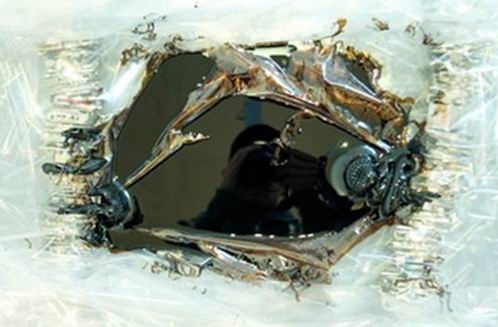 Sam Lewitt
Sam Lewitt
Normally, I like to interpret my art without reading the artist statements (which is sometimes better than the art and does not always relate to the art!). This is, however, often necessary for conceptual art in which the ideas are as important as the esthetics and emotional impact of the artwork. So, I carefully read the statements.
 Dawn Kasper
Dawn Kasper
It then became clear what I had seen. The “construction” exhibit on the first floor was by Oscar Tuazon. He uses modular parts and building materials to represent spaces we inhabit. The “storage room” was gallery space in which Dawn Kasper had moved her studio and bedroom. She was living there during the exhibition but unfortunately was not there during my visit. The small sculpture on the wall was an oatmeal covered weed trimmer by Michael Smith. Finally, the “messy display” on the floor was an installation in progress by Sam Levitt of ferrofluid material that resists representation.
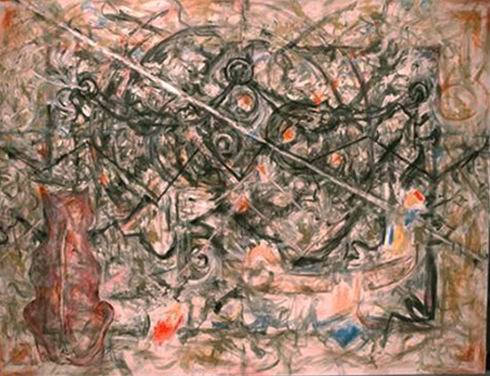 "The Seasons" by Jutta Koether
"The Seasons" by Jutta Koether
I visited other parts of the Biennial and reinforced my initial impression of a grim, post-apocalyptic world where artists, because of scarcity of funding, made relatively small art with found objects and inexpensive materials. Survival was too difficult to worry much about matters outside of economic crises (photos of LaToya Ruby Frazier) or distractions such as perverse sex (collages and drawings of Richard Hawkins).
 "Corporate Explotation and Economic Inequality" by LaToya Ruby Frazier
"Corporate Explotation and Economic Inequality" by LaToya Ruby Frazier
The main exception to this post-apocalyptic vision was the work of Forrest Bess. His work was optimistic and peaceful. Art, throughout his life, remained a search for truth and his painting was a means in which “the individual may be come keyed into the Eternal." (2) Many of these paintings were direct renditions of his visions, unfiltered by his conscious mind. It was ironic that an abstract painting I liked very much and thought tranquil was titled “Bodies of Little Dead Children”. Bess had a life of many hardships. He had suffered from mental illness (diagnosed in his later years as paranoid schizophrenia), cancer and alcoholism. Pictures of his self-mutilated genitals were included in the exhibit.
\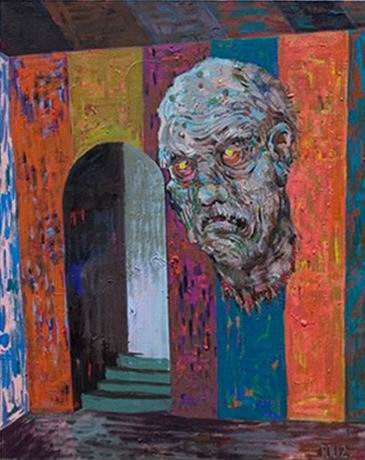 Richard Hawkins
Richard Hawkins
Art that “present perceptual embodiments of important ideas--not only ideas about existential phenomena, such as death, envy, love, and fame, but also conceptions of other-worldly things, such as heaven and hell” (1) were absent from much of the non-video work I looked at. The work was often either devoid of underlying thought (other than the specific intent of the artist) or mostly conceptual.
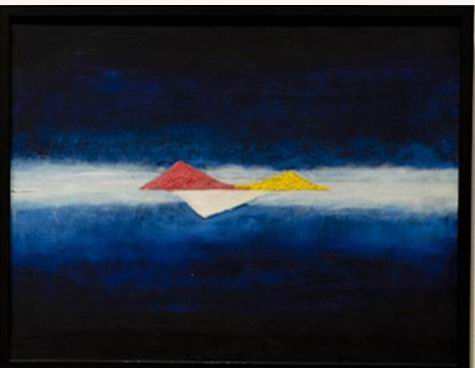 "Complete Freedom" by Forrest Bess
"Complete Freedom" by Forrest Bess
The dynamic performances and videos did provide a balance, but surely there must be other artists who keep with the intended themes of the curators to balance those in the show and still provide the ambiguity of interpretation in their artwork that is part of great artwork that holds its power across diverse generations.
So, rush to see any remaining performances and the videos. Take the time to read the artist statements and don’t expect to escape the concerns and problems of the outside world.
Paul Weiner
May 22, 2012
References:
1. Michelle Marder, “Art and Cognition: Mimesis vs. the Avant Garde”, Aristos, December 2004. http://www.aristos.org/aris-03/art&cog.htm
2. Michael Ennis, “His Name Was Forrest Bess”, Texas Monthly, June 1982,
http://www.forrestbess.org/article04.html
3. Artists mentioned who are featured on The Biennial Project Whitney Biennial artist cards:
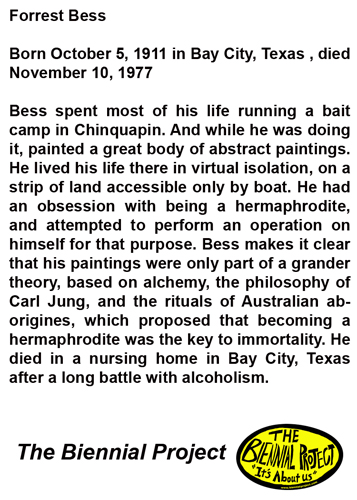
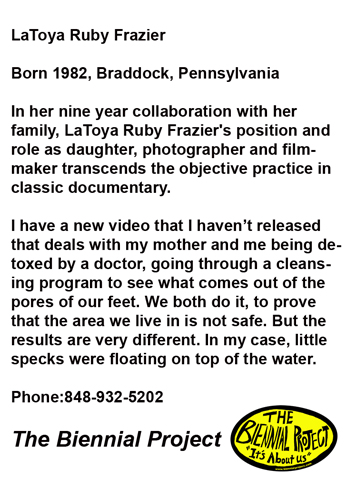
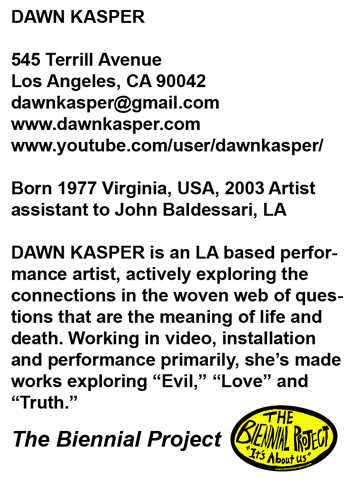
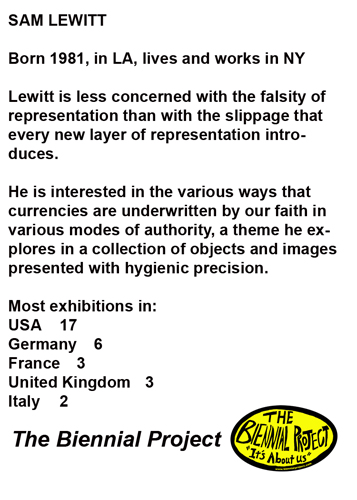
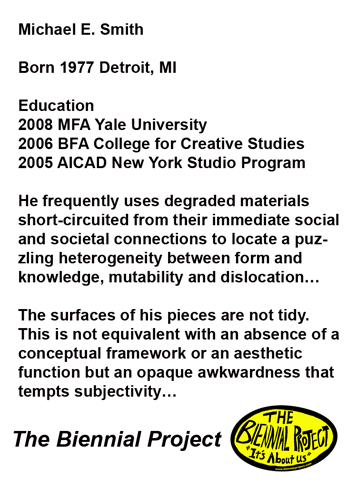
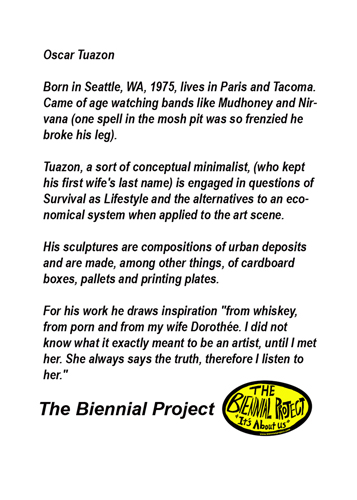
"